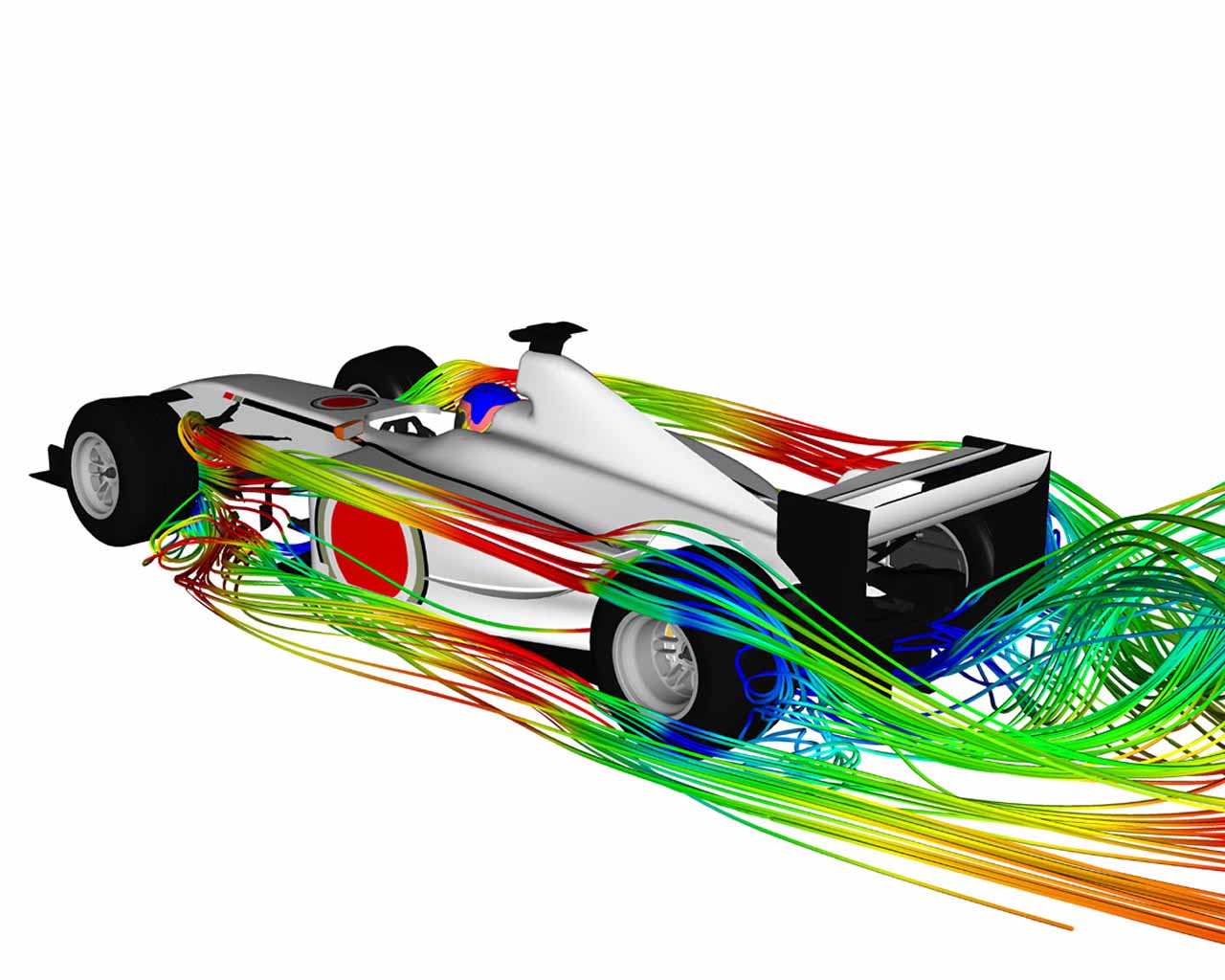It’s unpleasant to think about, but imagine what would happen if you drove your car into a brick wall at 65 miles per hour (104.6 kilometers per hour). Metal would twist and tear. Glass would shatter. Airbags would burst forth to protect you. But even with all the advancements in safety we have on our modern automobiles, this would likely be a tough accident to walk away from. A car simply isn’t designed to go through a brick wall.
But there is another type of “wall” that cars are designed to move through, and have been for a long time — the wall of air that pushes against a vehicle at high speeds.
Most of us don’t think of air or wind as a wall. At low speeds and on days when it’s not very windy outside, it’s hard to notice the way air interacts with our vehicles. But at high speeds, and on exceptionally windy days, air resistance (the forces acted upon a moving object by the air — also defined as drag) has a tremendous effect on the way a car accelerates, handles and achieves fuel mileage.
This where the science of aerodynamics comes into play. Aerodynamics is the study of forces and the resulting motion of objects through the air [source: NASA]. For several decades, cars have been designed with aerodynamics in mind, and carmakers have come up with a variety of innovations that make cutting through that “wall” of air easier and less of an impact on daily driving.
The importance of aerodynamics has been known throughout most of automobile racing history. In the early days of the Indianapolis 500 cars were built with streamlined bodies. However, engine, suspension, and tire technologies were more important, at that time. Automobile aerodynamics was not studied closely until the early 1960’s. Drag reduction is still important, but a new concept has been introduced: production of an aerodynamic down force, which is thought to be more important than drag reduction.
Aerodynamics is essential to wining a race. A race car has to fight the other cars but shouldn’t have to fight the air. So the formula one designers used knowledge of aerodynamics to decrease the vehicles fight with the friction imposed by the surrounding air or drag. Also aerodynamics is used to create a shape that will create a strong downward force. Indy cars need this because at such high speeds the tires may not grip the roadway, or at its very worst the air pushing up on the bottom of the car will flip it over.
Due to all these factors pushing the engineers they have molded the modern formula one race car. They designed it to have minimum drag, maximum air flow to the engine, and optimum downward force. The wing like shape of the body accomplishes this. This shape not only looks similar to a wing but it operates similarly. This shape provides a cutting edge to divide up the passing air and a long smooth surface for it to run along. The main difference is it operates upside down. With an airplane this would provide an upward force but now it provides a downward force, which as mentioned is needed for the success of a race car.
In the end the aerodynamics of racing will continue to go on from looking for a new and unusually different designs to modifying the same design for peak performance and safety.
Must Read
What Is The Elder Daughter Syndrome Which Could Be Silently Affecting...
In the intricate tapestry of family dynamics, birth order plays a pivotal role, often shaping the personalities and responsibilities of each sibling.
In Indian...

































